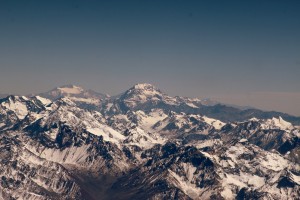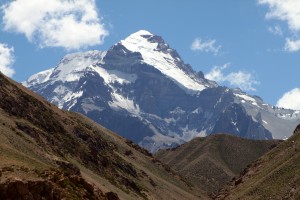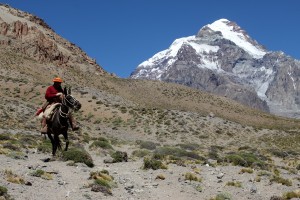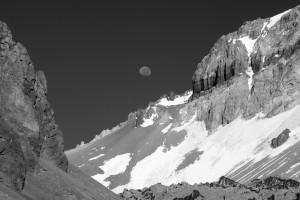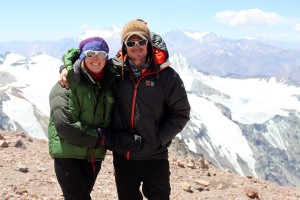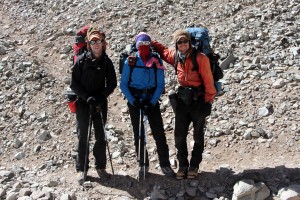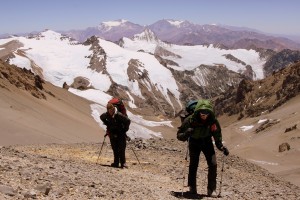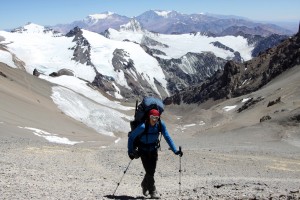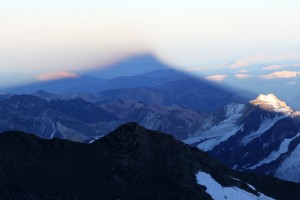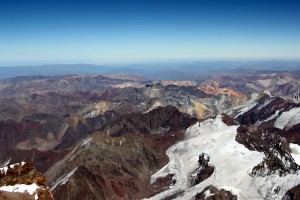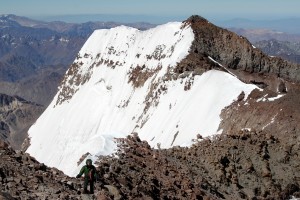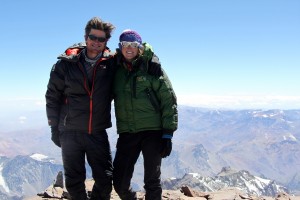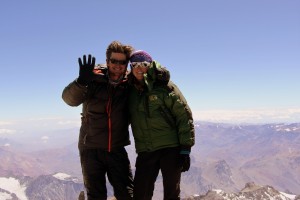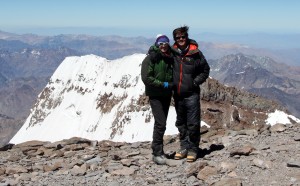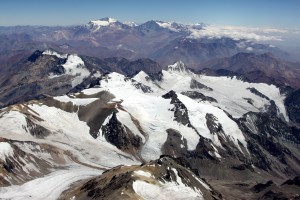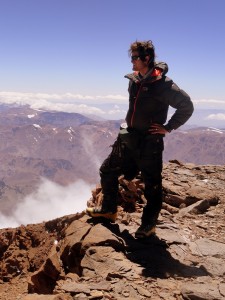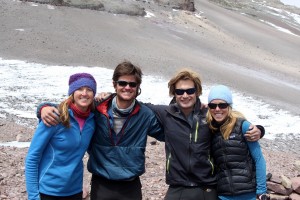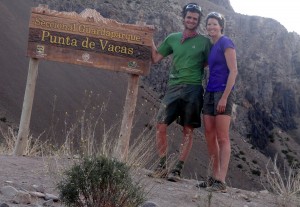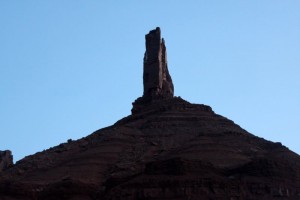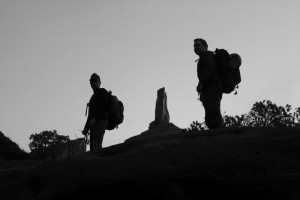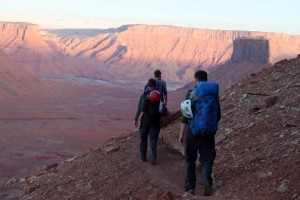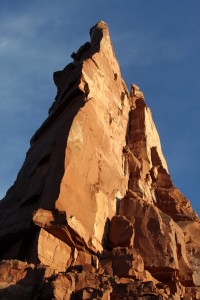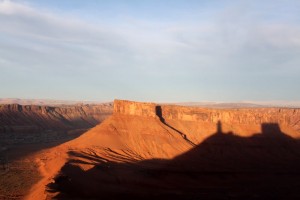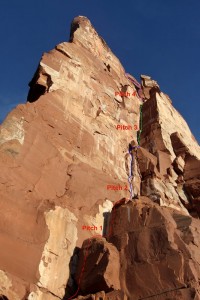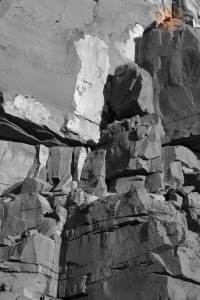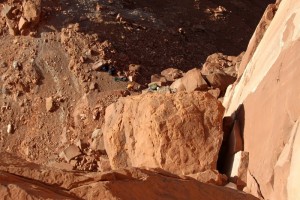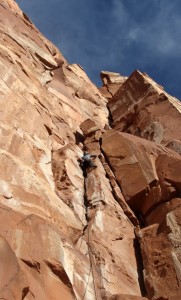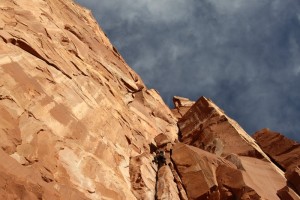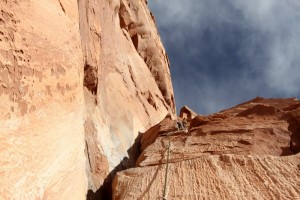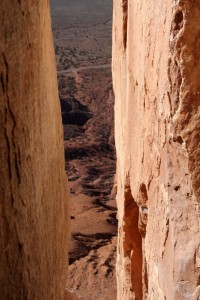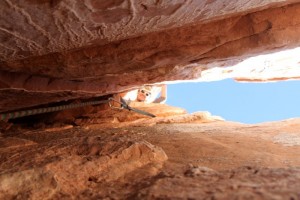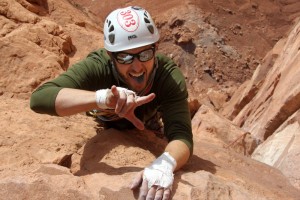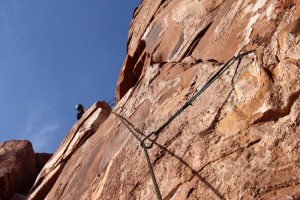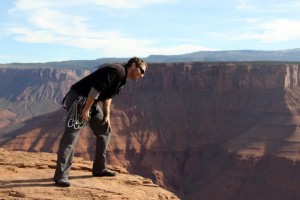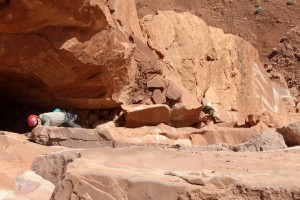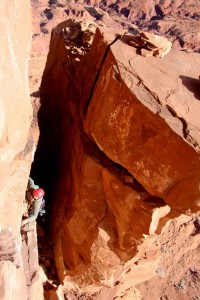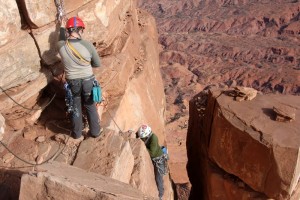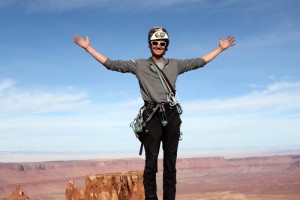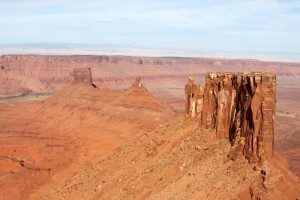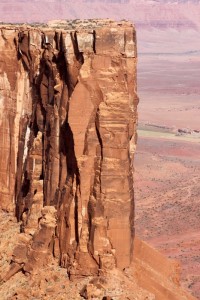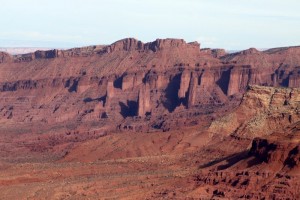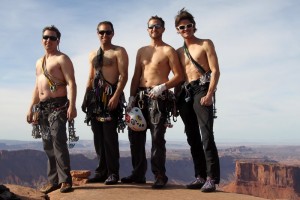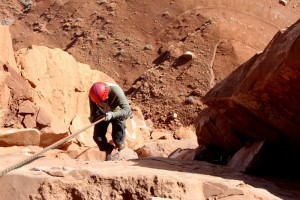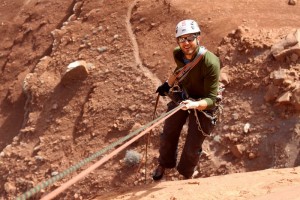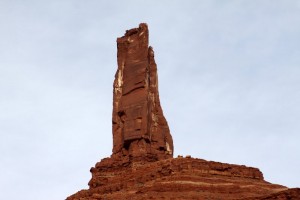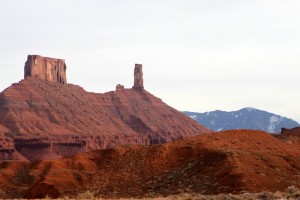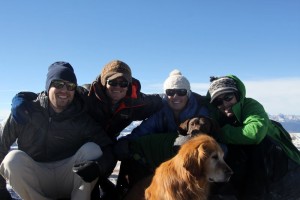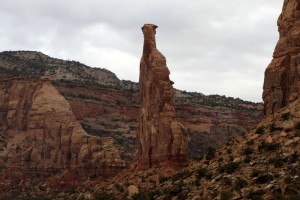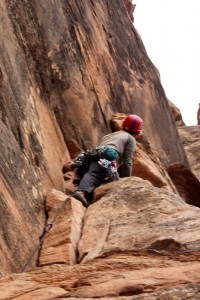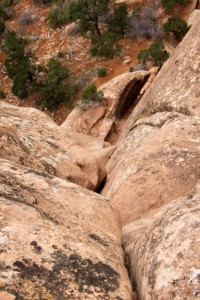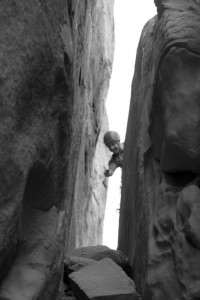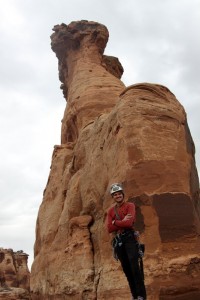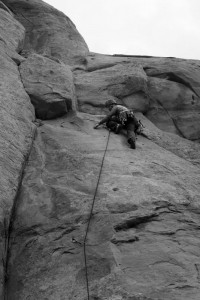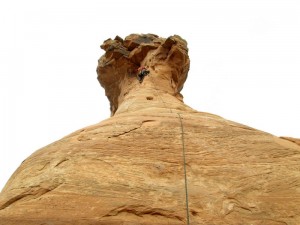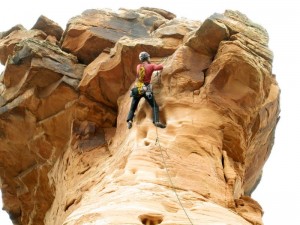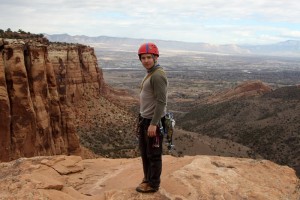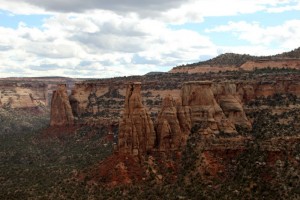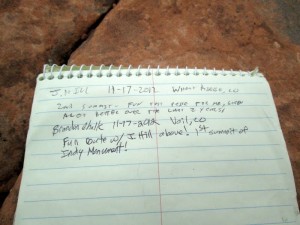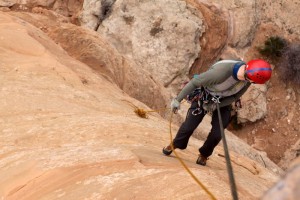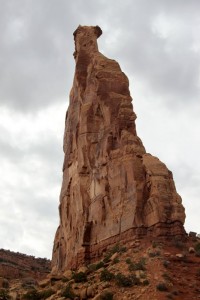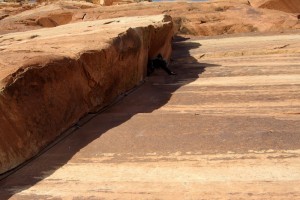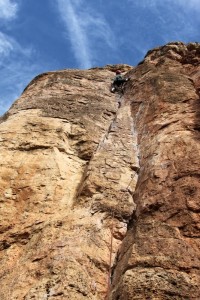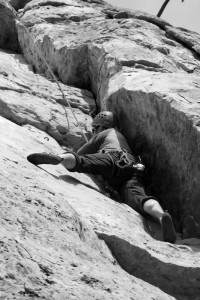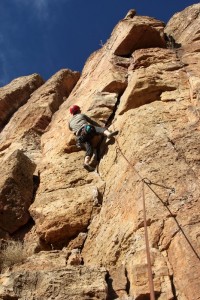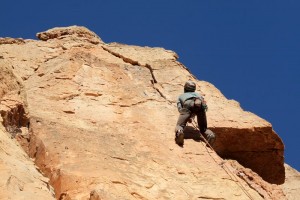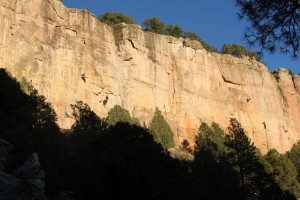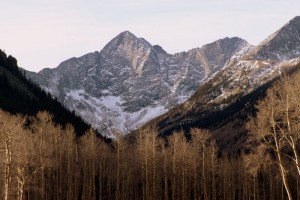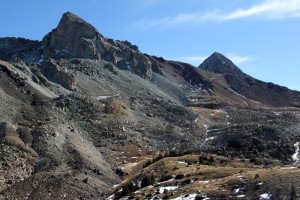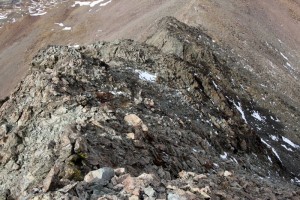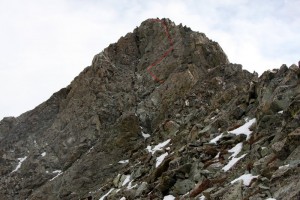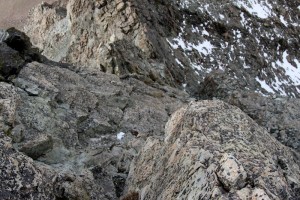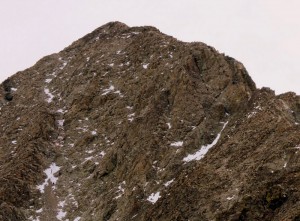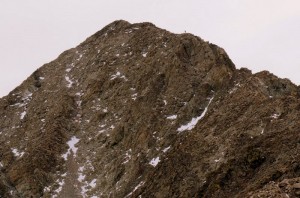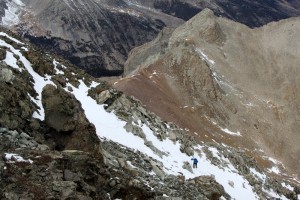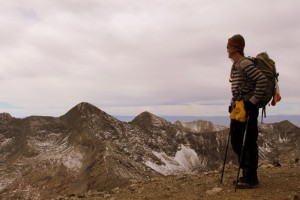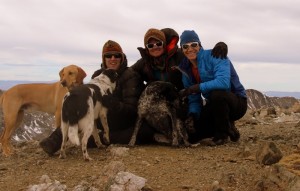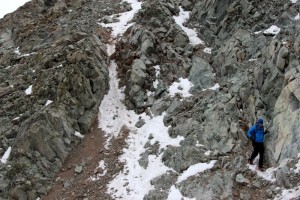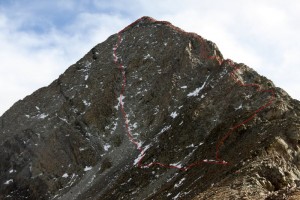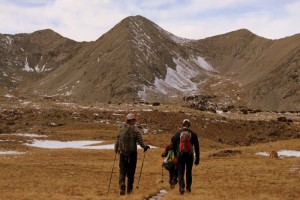Culebra in Winter: J Completes All of Colorado’s 14,000′ Peaks
Well, its in the books. My great friend & climbing partner, J Weingast, completed his quest to climb all 55 of Colorado’s 14,000′ peaks this past Saturday, February 2, with a winter summit of Culebra Peak (14,047′) down in the southern Culebra Range near the town of San Luis, CO. Culebra Peak is the only 14er in Colorado that completely sits on private land and requires permission and a fee from the ranch in order to hike/climb it. I had climbed Culebra in summer years ago with Kristine and others, but always had the desire to come back in winter for the extra challenge and especially to come back with J if he ever wanted to officially complete the 14er list.
So, a post on 14ers.com about organizing likely the only winter climb up Culebra this year permitted by the ranch owners sparked my interest and immediately J & I were on board. Coordinating with our buddy Mike from Avon, who has climbed an amazing 350 of the 584 13,000′ peaks in Colorado, and Sarah, who is a Vail ski patroller, we all had dinner at our favorite Casa del Sol in Buena Vista and headed on down south to the ranch gate entrance arriving at about 11:30pm. I was looking forward to meeting Sarah’s boyfriend, Matt, from Denver since we had been corresponding via email for awhile now as well as Jason Blyth, whom Kristine & I had met on Fletcher Mountain a year ago in December. There would be several other 14ers.com members that we would meet on the hike and a few familiar faces for me. J and I threw down the Bibler and the -40 deg sleeping bags in the parking lot where several other cars and tents were already located and hit the sack for the 4:30am wake-up call. The alarm went off way too early, but we got up in the 5 degree pre-dawn air, packed up the tent, sleeping bags, & pads, got dressed and ate breakfast in the front seats of J’s prius with the heat on trying to warm up. The new ranch foreman, Sam, arrived promptly at 5am and let us in the gate and we all proceeded to drive to the ranch headquarters where we paid our fee and turned in our liability waivers. The ranch usually packs a snowmobile track 3.5 miles up the dirt road to an intersection called Fourway at 11,200′, but there was significant recent snow the last week in the Culebra Range (and around the state) which made trailbreaking a necessity. The crew left the ranch headquarters at 5:30am, which is just shy of 9,000′, and proceeded breaking trail in 6-8″ of fresh snow on top of the snowmobile track. J & I got a bit later start at 5:45am in getting our gear sorted. The morning was cold and still and J & I were quickly trying to catch up to other folks while trying not to sweat at the same time – me on my snowshoes and J on his favorite Koflach boot/Silvretta binding AT setup.
We reached Fourway after about 2 hrs where we could turn our headlamps off. A 14ers.com fellow, Tony, who is soon going to attempt Orizaba in Mexico as his first high-altitude climb, had done a majority of the trailbreaking thus far and we thanked him profusely. Time for J and I and others to take our turn. The snow after Fourway was very deep and untouched. The snowmobile had not gone any further in recent weeks and thus there was no packed surface underneath the fresh 24″ of snow. J was able to stay on top of the snow more than the snowshoers so he plowed ahead packing down the surface snow for us which helped a bit. After an hour of laborious trailbreaking in deep snow, me switching leads with 2 others, we reached J and treeline and the gorgeous, untouched basin where we actually started the hike in the summer years ago! My is it a different beast in the winter, especially with fresh snow.
We then aimed for the line of minimal avalanche danger towards the steeper northwest slope, which was bare of deep powder snow and would be easier going on the windblown snow and rock. The wind started to pick up and the long slog up the northwest slopes to the 13,000′ ridge was strenuous. However, we were getting close.
J left his skis at this ridge and we proceeded to lose some elevation to the saddle while regaining it up Culebra’s long northwest ridge. I stashed my snowshoes after looking at the rocky, windblown, snowy ridge. Mistakingly, I led a few of the climbers on a traverse on the ridge’s south side through deep, unstable snow high up across a steep couloir. This was not a good idea and we regained the ridge as soon as possible after the couloir. I aplogized to the crew as I honestly thought the ridge itself would be more miserable than the face with its rime snow-covered boulders. However, I was absolutely wrong on that account! Sorry guys! Nevertheless, we all proceeded onto the much easier northwest ridge proper and made our way up to Culebra’s false summit.
We were getting really close now. I was so excited for J. Reaching the false summit you get a glimpse of the true summit still a good distance away, which is a bit defeating. Yet, we continued on and I got up to the summit first to take pictures and video J’s final steps to the summit of his final of the Colorado 14,000′ peaks.
Here is a short video of J’s summit of Culebra Peak:
It was a special moment. I was so honored to share J’s last 14er summit with him. I honestly have no idea how many mountains we have climbed together – hundreds and hundreds. Everything from CO 14ers, 13ers, & 12ers to Denali to Castleton Tower. I was so happy for J, as I know he was, that he decided to knock off Culebra and finish climbing all of Colorado’s 14ers. It was even more fitting that he climbed this peak in winter. It was definitely no cakewalk as it is in summer. He earned this summit.
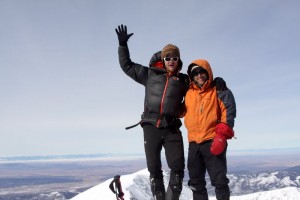
J & I on the summit of Culebra Peak (14,047′). J has now climbed all of Colorado’s 14,000′ mountains
We celebrated on top for a good 30-45 minutes welcoming other members of the crew to the summit and savored the moment. I collected a summit rock for J as a memento of the occasion. It had taken us 6 hrs to climb the 7.5 miles and 5,400′ up to Culebra’s summit topping out at around 11:45am. It was pretty chilly and breezy up top and on the ridge (likely below zero with windchill), so we headed on down the ridge, collected our snowhsoes & skis, and made our way down the northwest slopes with Mike.
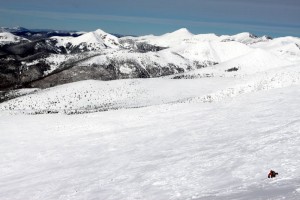
As the cherry on the cake, J got to ski pretty darn good snow down the northwest slopes back to our trench
My snowhsoes were on their last leg all day and that morning they had broke while I was trying to break trail in the deep snow. I had temporarily fixed the snowshoe with some shoestring I always carry, but on this descent they were breaking all over again. I took them off and plunge-stepped down the broken trench in my Koflachs. Thankfully, the trench’s bottom surface was very supportive and I didn’t sink in all that much. J made some wonderful turns down the northwest gully in buttery, smooth snow. It was great to see and I know it was icing on the cake for him on a terrific day. J skied all the way down to the ranch headquarters in no time while Mike & I plunge-stepped our way down the road for an hour arriving back at the car at 3:45pm. The ranch foreman, Sam, was so nice to offer us gatorade, granola bars, and bananas. It was a special treat.
J & I joined Mike, Sarah, and Matt in Fort Garland for a post-climb dinner celebration and then we were all off on our separate ways back home. It was a long drive home but the trip was so worth it to be with J up on another summit, especially for his 14er finale.
My hat is off to J for completing all of Colorado’s 14ers and doing it in style. This was my first winter 14er finale, and while there was not 30 of our closest friends, buckets of KFC, PBR, and blaring 80s music from Steve’s boombox, this one was extra special in that it was just J & I (and obviously the other members of the crew) doing it together. J has been my #2 climbing partner and best friend for years now (behind my wife, of course, on both accounts) and I’m so proud of him and honored to have him in my life. Congratulations again, J, for you have earned it! Here’s to infinitely more mountains & adventures together to last a lifetime!


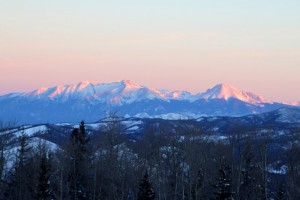
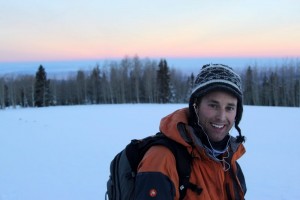
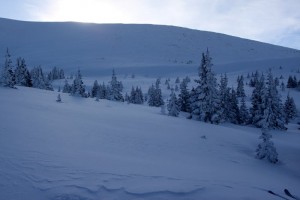
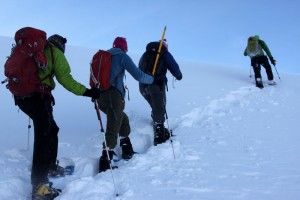
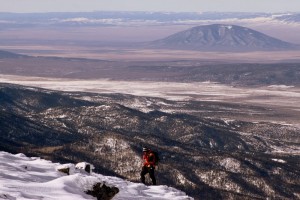
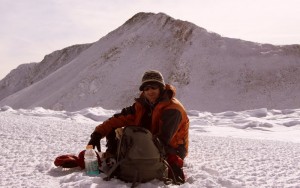
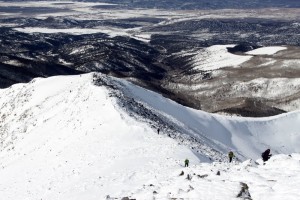
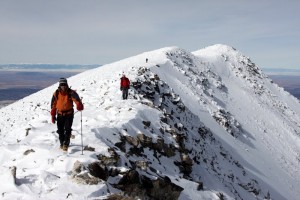
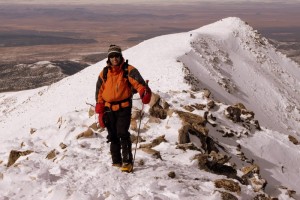
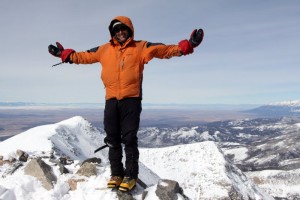
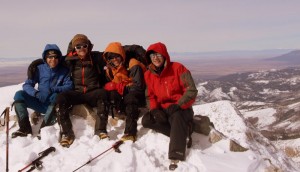
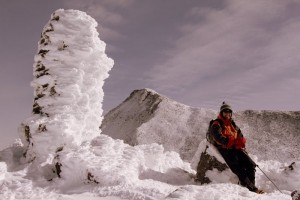
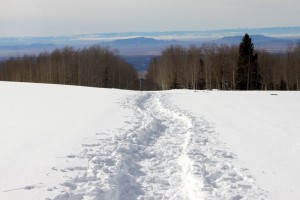
 Follow
Follow

